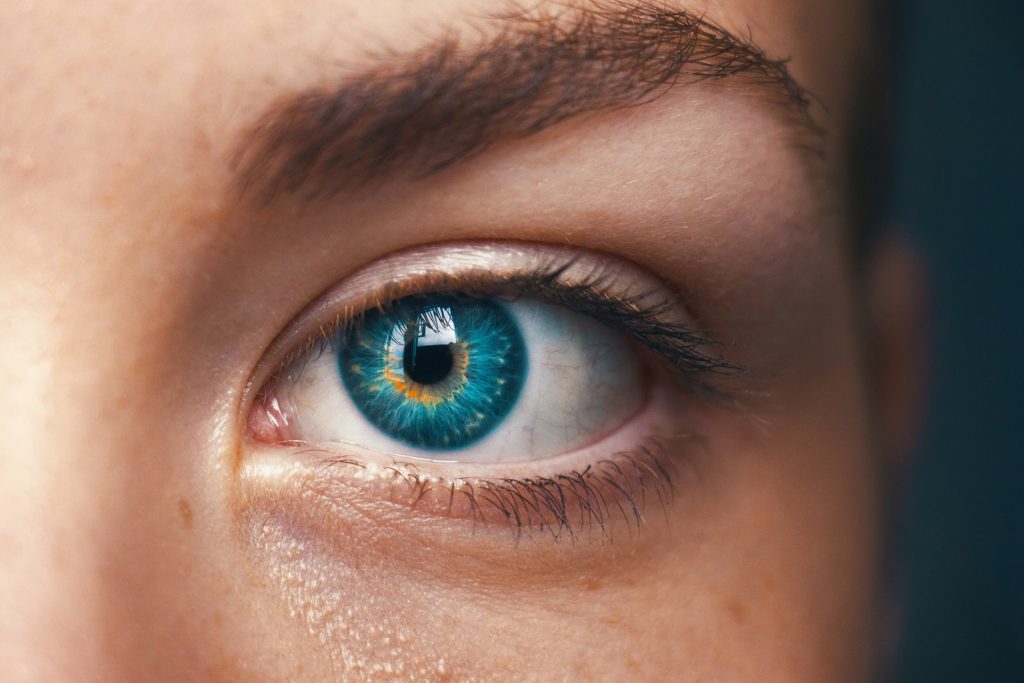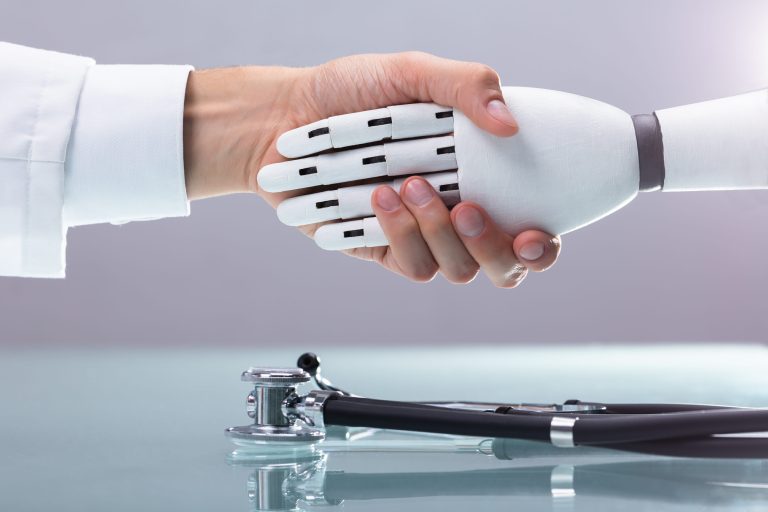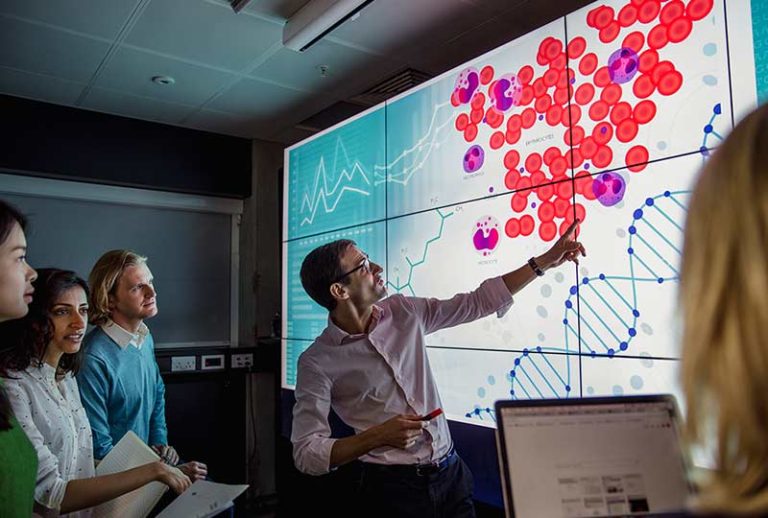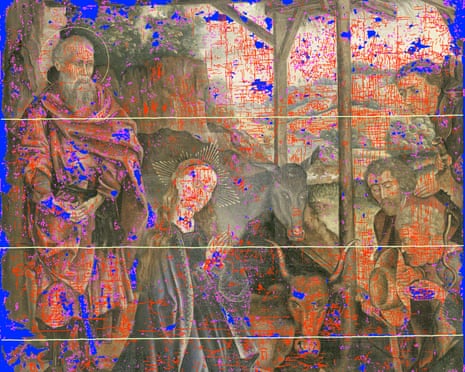Revolutionizing Retinal Disease Insights: The Impact of AI Technologies
Healthcare: Utilizing AI for Enhanced Understanding of Retinal Diseases
Retinal diseases present a wide range of symptoms and severities. If neglected, these conditions can lead to significant vision impairment or even total blindness. Hence, proactive treatment and preventive measures are essential; however, not everyone has equal access to such opportunities.
In particular, third-world countries face a significant challenge due to limited public access to specialized medical care. Although equipment may be available, the necessary expertise to accurately interpret test results and provide correct diagnoses is often lacking. This issue is especially pronounced with retinal diseases, where precise diagnosis and test interpretation can be particularly challenging for inexperienced practitioners.
Recognizing this gap, PixelPlex, a consulting and development firm that specializes in blockchain, artificial intelligence (AI), and Internet of Things (IoT) technologies, realized its potential to contribute. “Through our connections with medical facilities, we identified that AI could serve as an automatic diagnostic aid,” stated Alex Dolgov, the Head of Consulting at PixelPlex.
This led to the creation of AIRA, an AI-based retina analyzer. As a pattern recognition application, AI was the clear choice. While a neural network might not outperform a medical professional in diagnosis, its ability to process extensive data sets and analyze screening outcomes in numerical formats is invaluable. AIRA aids doctors by providing more precise data for their evaluations.
PixelPlex initially received a comprehensive data array containing images from fundus cameras, showcasing various symptoms and anatomical aspects of the human eye, such as exudates, hemorrhages, degenerative changes, and optic nerve pathologies. The team further enhanced this with additional data collected from subsequent research to aid in neural network training.
“Developing our data set alongside experienced medical professionals posed quite a challenge,” explained Dolgov. “We created a user interface data set to train the AI in identifying a range of diseases and abnormalities based solely on fundus camera images.”
The architecture of the model utilized variations of U-Net, a convolutional neural network designed for biomedical image segmentation, alongside approaches like LinkNet and Dilated U-Net, which have been successful in other health initiatives, including cancer risk assessment.
Captured images from the fundus camera are processed by the software developed by PixelPlex. The trained neural network can identify pertinent information to facilitate accurate diagnoses, presenting this data to medical professionals.
Dolgov noted, “The primary challenge lay in sourcing and analyzing these images to produce medical diagnoses derived from photographs, culminating in the creation of our data set.” Currently, the solution boasts approximately 85% accuracy, with ambitions to raise this to at least 95% as the project evolves.
Furthermore, PixelPlex emphasizes the importance of prevention over treatment. AIRA is designed to detect disease symptoms with remarkable precision, surpassing what an average physician might achieve, while also developing mathematical models that could enhance the neural network’s analytical capabilities.
Learn more about AIRA and its innovative contributions.
MedTech AI, hardware, and clinical application programmes
The AI execution gap: Why 80% of projects don’t reach production
Teachers in England given the green-light to use AI

Transforming Business Applications
In today’s digital world, machine learning plays a pivotal role across various sectors. It enhances cloud-native container security by leveraging advanced algorithms to detect vulnerabilities, automate remediation, and ensure data integrity.
In the financial realm, innovative machine learning applications are reshaping operations, streamlining processes, and making data-driven decisions more accessible. Its capabilities facilitate more efficient logistics management, improving operational performance significantly.
Additionally, in the entertainment industry, AI and bots are under scrutiny for allegedly inflating music stream numbers fraudulently, showcasing the challenges posed by emerging technologies.
Collaborating with outsourced developers is becoming increasingly beneficial for leveraging AI and machine learning skills while reducing resource costs. This strategy allows businesses to focus on core functions and accelerate innovation.
Legislation & Government
On June 11, 2025, teachers in England received approval to incorporate Artificial Intelligence (AI) into their classrooms. This decision paves the way for educational innovation and enhances the teaching and learning experience.
AI in Cryptocurrency
In another development, AI’s impact on the cryptocurrency industry is becoming increasingly significant. The application of AI technologies is reshaping how transactions are conducted and analyzed in this market.
The Era of Superintelligence
Sam Altman from OpenAI has declared that we have entered the era of superintelligence. This statement underlines the rapid advancements in AI technologies and their potential implications across various sectors.
Stay informed with all our premium content and the latest updates in technology delivered directly to your inbox. Subscribe for exclusive insights!
Explore More
We cover a wide range of topics, including:
- Applications
- Companies
- Deep & Reinforcement Learning
- Ethics & Society
- Legislation & Government
- Machine Learning
- Robotics
- And much more!








